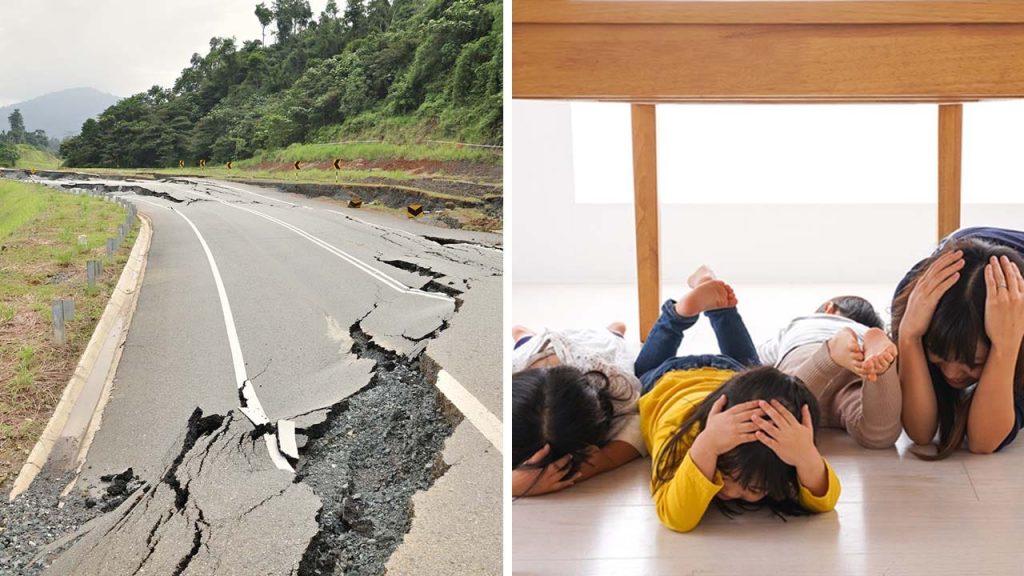An earthquake is a sudden and intense shaking of the Earth’s surface caused by movements in the planet’s outermost layer. There are approximately 500,000 detectable earthquakes worldwide each year, with 100,000 being felt and 100 causing damage. The phenomenon can result in property damage, injuries, and even deaths due to collapsing structures and flying objects. FEMA has provided tips for staying safe before, during, and after an earthquake. It is important to have an emergency plan, a family communication plan, and a supply kit that includes food, water, and essential supplies for several days. Securing furniture and identifying areas that need to be secured in case of an earthquake is also crucial.
During an earthquake, FEMA recommends practicing the ‘drop, cover, hold on’ technique, which involves dropping to the ground, covering the head and neck with the arms, and holding onto something sturdy until the shaking stops. If indoors, it is advised to stay inside until the shaking ceases and it is safe to exit. If outdoors, move away from buildings, electrical wires, and streetlights, and drop, cover, and hold on in an open space. After the earthquake, remain cautious as aftershocks may occur and monitor the news for updates. Individuals living near the ocean should be vigilant in case of a tsunami warning and should wait a minute after the shaking stops before getting up to check for debris or other dangers.
An earthquake may damage utility lines, so it is important to have gas, sewer, and water lines inspected after the event to ensure they are functioning properly. Due to the risk of gas fires, no one should use lighters or matches near damaged areas. If someone is trapped after an earthquake, they should avoid moving or shouting to reduce the risk of inhaling dust. Instead, they should tap on a pipe or wall, or use a whistle if available, to help rescuers locate them. If injured or in need of medical attention, individuals should contact their healthcare provider or call 911 for medical emergencies.
It is advised to store heavy and breakable objects on low shelves and consider obtaining earthquake insurance as a standard homeowner’s policy does not typically cover earthquake damage. FEMA also suggests practicing the ‘drop, cover, hold on’ technique prior to an earthquake to be prepared for any eventualities. After the shaking has stopped, individuals should wait a minute before getting up and avoid damaged areas and downed power lines when exiting a building. It’s crucial to have an emergency communication plan with an out-of-state contact and ensure that family members know where to meet if separated. Being prepared and following safety guidelines can help minimize the risks and potential damage caused by earthquakes.


